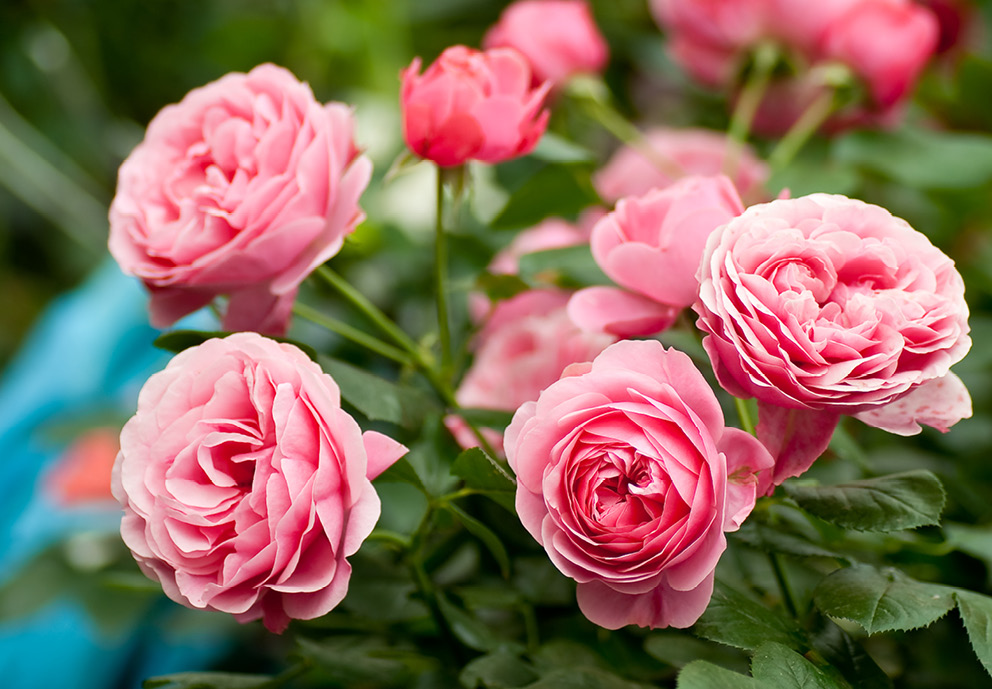How to Protect Plants from Frost
November 21st, 2023 | Categories
As the colder winter weather sets in, our gardens experience regular frosts. However, some frosts hit harder and last longer than others, sometimes completely unexpected too. At times, these hard frosts can damage even the most robust and hardy of our plants. Many plants do try and protect themselves of course; they wouldn’t have survived all this time otherwise. For instance, many develop a natural anti-freeze as they become accustomed to local weather conditions or do something else to survive frosts such as adapting their cell contents to remain unfrozen even when it is freezing on the outside. It’s a bit of a plant superpower.
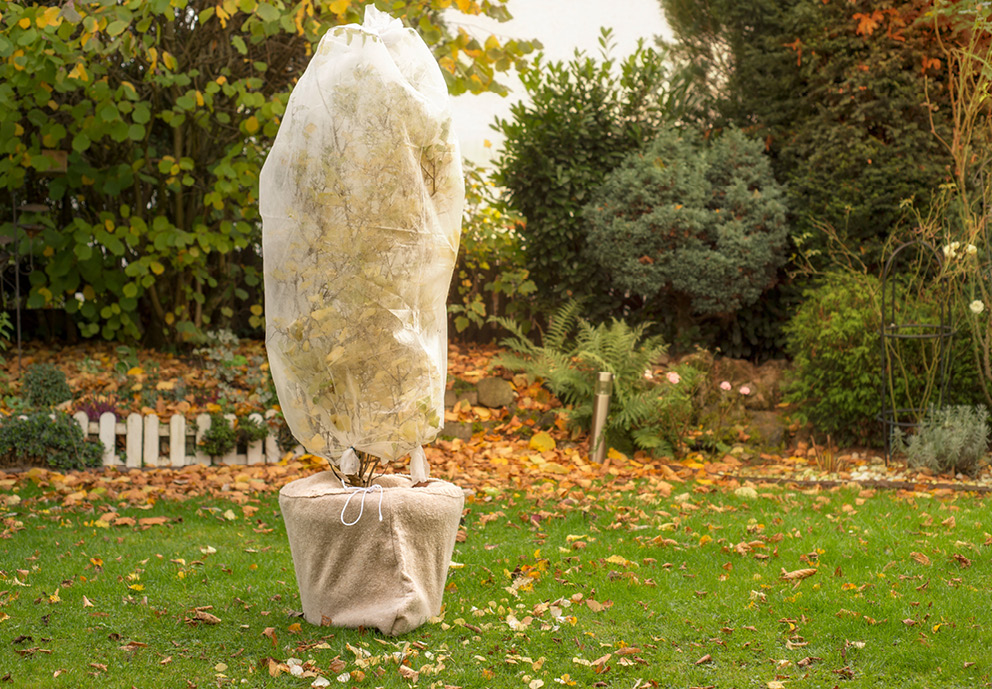
Unfortunately though, not all plants are equal in this and they can be overwhelmed when it’s a particularly bad and sudden frost. Plants need time to adapt to the cold weather conditions over several days and when there’s a sudden cold snap it can take the hardiest of plants off guard only to be damaged or even die. Of course, there are some plants that don’t survive in cold temperatures – such as summer bedding and tender perennials – but as gardeners we know this, we expect it. However, what we don’t like are our long-lived rhododendrons, roses, clematises, hydrangeas, camelias or magnolias to name a few being damaged or taken by frosts. Thankfully there are means to protect our beloved plants from even the worst of frosts and they are very easy to implement!
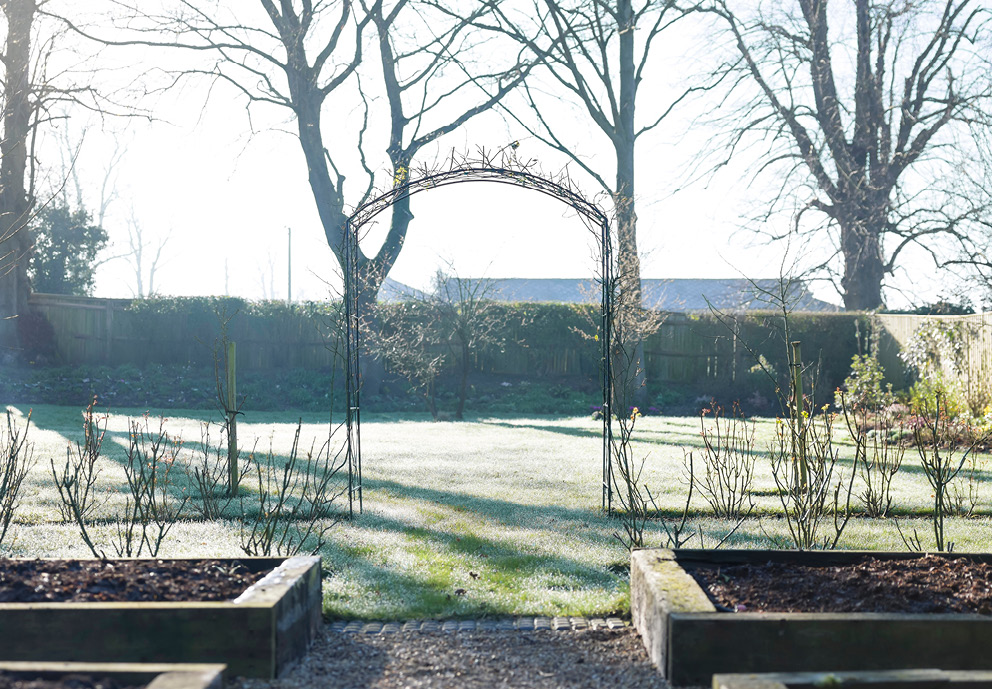
How Frost Affects Plants
More often than not, frost damage results in damaged foliage and stems. The damage itself happens when water in the plant’s cells freezes and expands, pushing the cell wall beyond its limits. Typically, this will be visible in the form of discoloured leaves and stems, and wilting leaves which leaves them looking a bit sad. This can affect new growth and blossoms the following year.
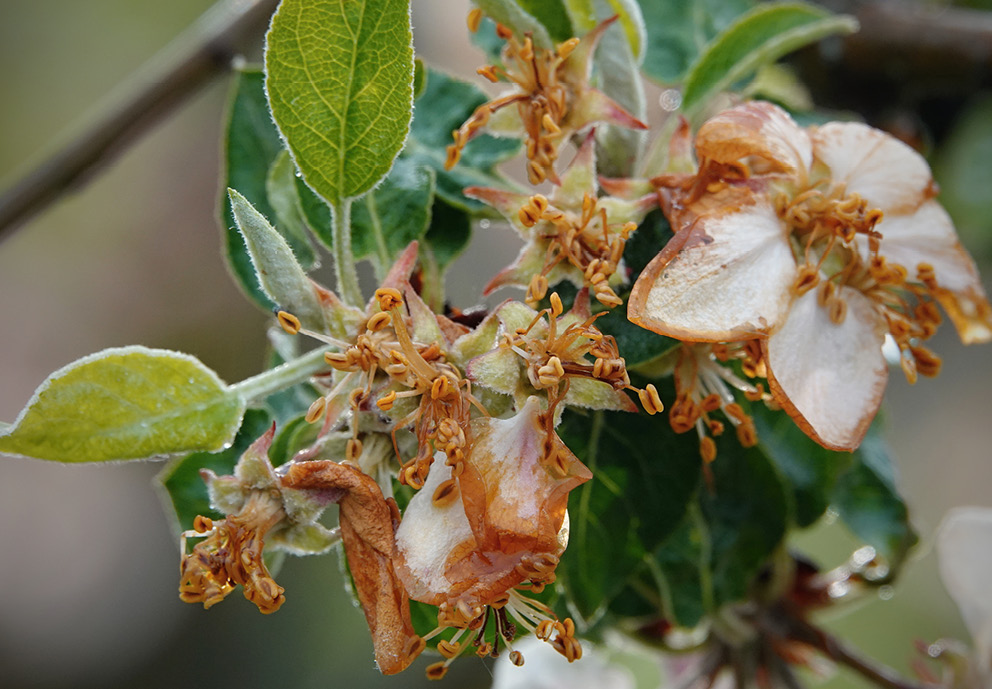
Frost Protection for Plants
Plants do regularly survive frost damage to become healthy again when spring arrives, but you can also give them the help they need to avoid damage, keep new growth healthy and leave those fantastic blooms unaffected. Here’s a couple of ideas.
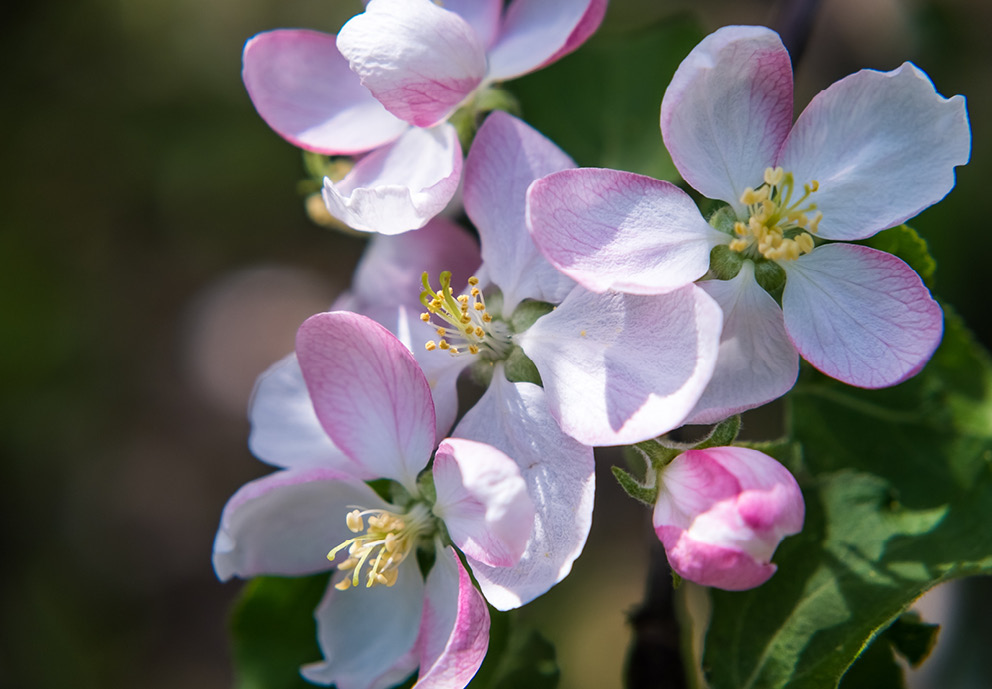
Garden Fleece or Horticultural Fleece
The name is interchangeable and refers to the same thing. Although there is some variation of fleece you can buy in terms of weight and type such as a roll or a prefabricated shape like a bag.
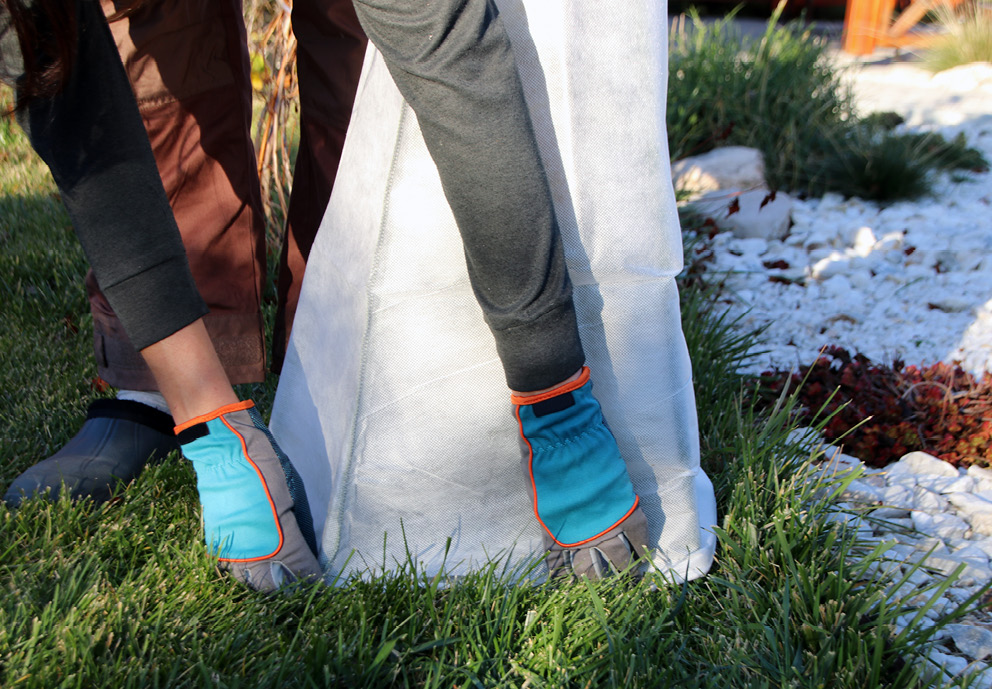
What Is It Made From
Garden or horticultural fleeces are usually made of polyester or polypropylene. It is lightweight and has a soft texture that feels like fabric and traps in heat. It is robust enough to be used many times, before having to be replaced when used correctly.
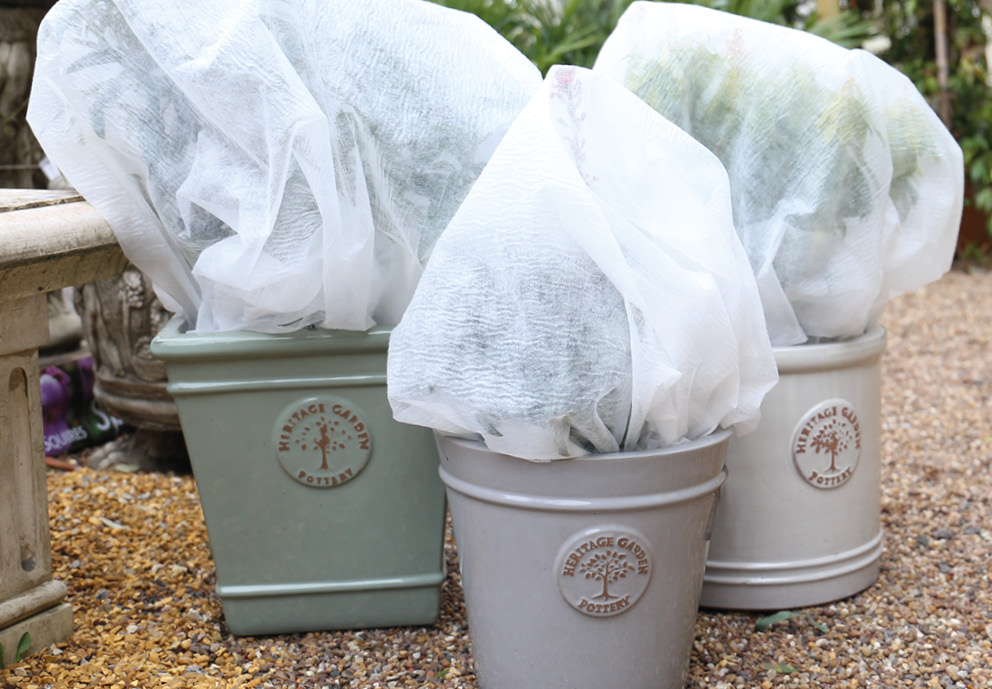
How to Use Fleece Properly
Fleece is typically wrapped around plants to give them the ‘fleece’ protection. As mentioned, some come in a prefabricated shape and can be placed over the plant like a bag. Choose the best option for you depending on how many plants you wish to help as well as how large they are. When wrapped correctly, it can protect from frosts and keep the plant at a higher internal temperature than it would be without it.
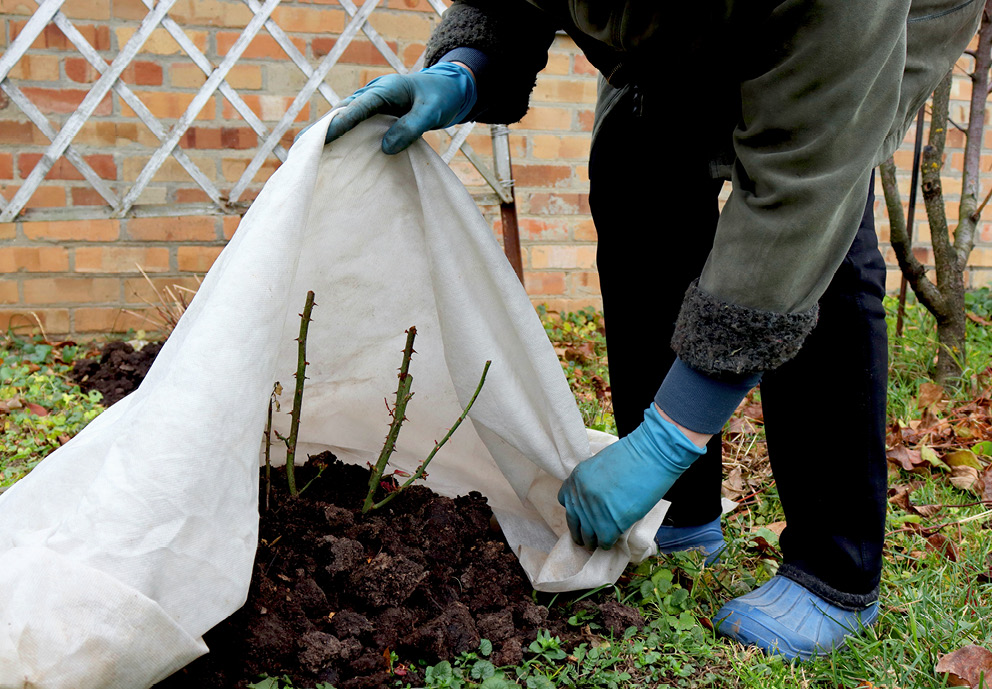
Does Fleece Let Light Through
Yes, fleece does let light through, but it is filtered by the material itself. The fleece also provides UV protection even to plants that are in direct sunlight for many hours per day.
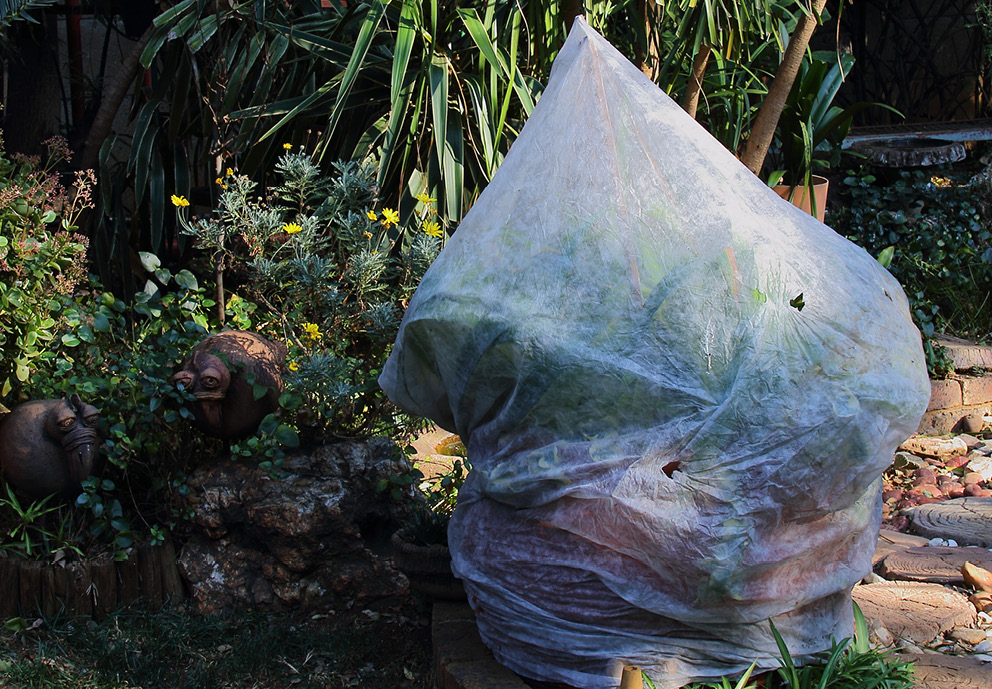
Does Garden Fleece Let Water Through
Yes, it does. It is a very porous material that allows rainwater through, allowing heat and humidity to escape, thus avoiding excess dampness that can cause foliage issues, fungal issues, and potentially rotting.
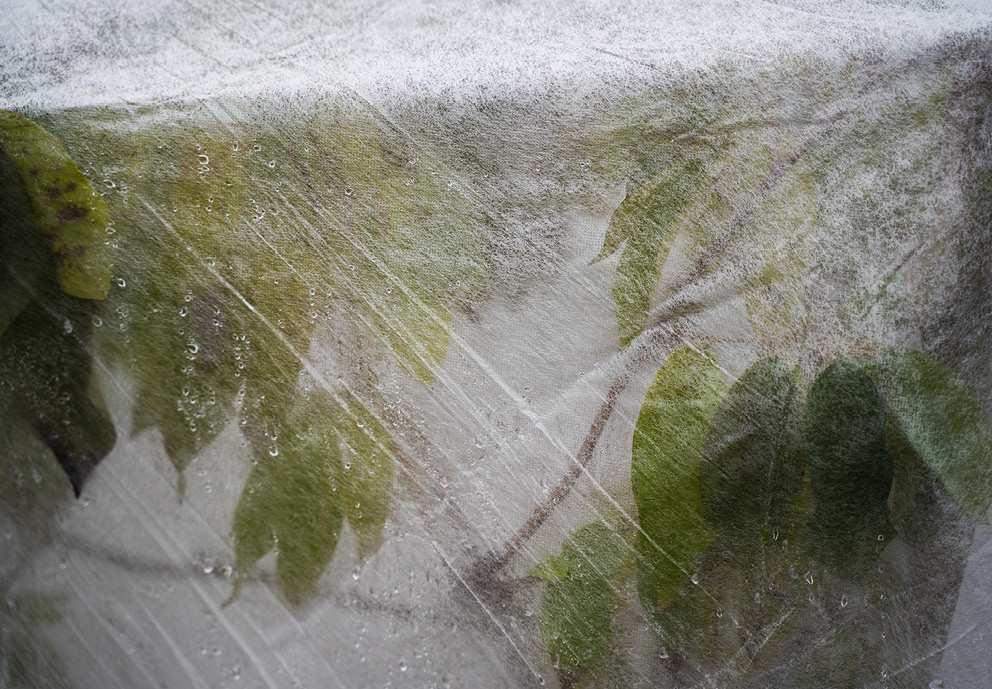
Mulching in Beds and Borders
Mulching works well in combination with using fleece as it is gives plant roots and the soil general protection from freezing temperatures. Bark mulch for example is a great natural mulch, and applying a layer of 2 to 3 inches around the base of plants and around beds and borders helps to trap heat, improve drainage, and add nutrients to the soil as it breaks down. Bark is one example, straw mulch, leaf mould or even a good quality compost are other examples that can be used to good effect.
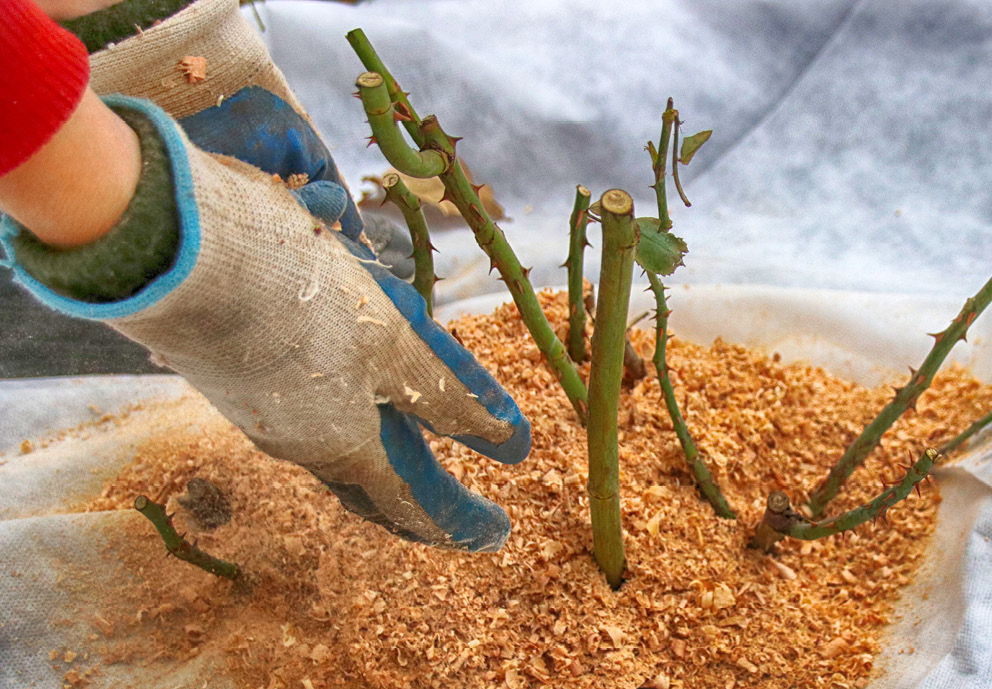
Protect Much Loved Plants from Hard Frosts
Taking action during winter to help plants survive through hard frosts will reward you with a healthier and more attractive plant for years to come. Many plants are of course resilient and will survive frost damage, but you may have to prune all the dead parts off which naturally changes the look of the plant which may have taken years to achieve. Using a fleece and mulching are great methods to help prevent this from happening.
